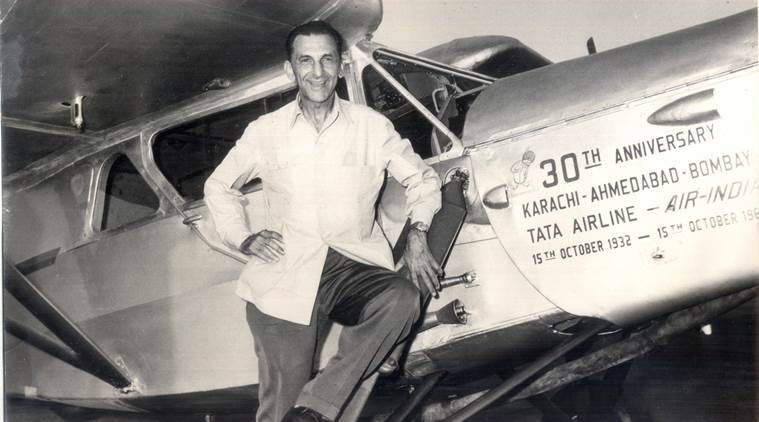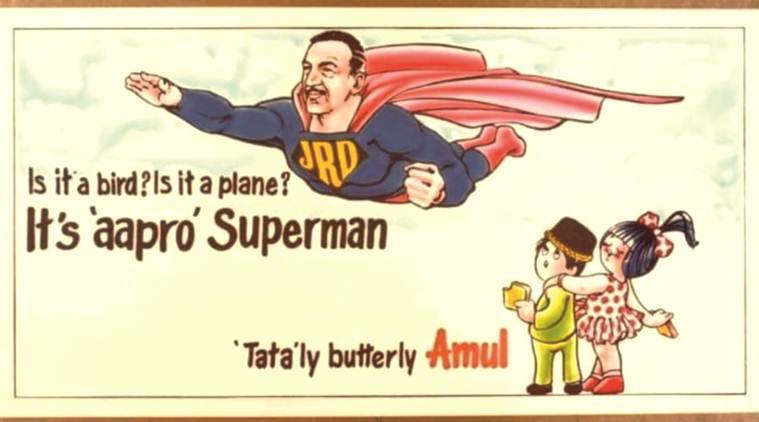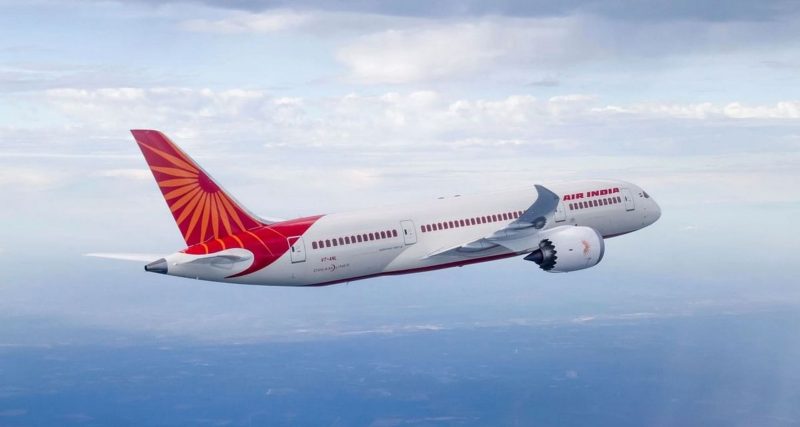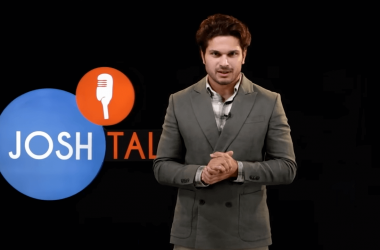The long-awaited process of the Government relinquishing ownership of Air India has finally come to an end. The Government has declared that Tata Sons, India’s oldest and largest corporation, will be the new owner of the country’s debt-ridden national airline Air India.
The conglomerate has had a roller coaster ride in Indian civil aviation history, from the first airmail service flight from Karachi to Bombay in October 1932 with JRD piloting a Puss Moth aircraft to Ratan Tata wresting control of Air India 89 years later.
Governments have sought unsuccessfully to sell the money-losing airline throughout the years. According to Tuhin Kanta Pandey, secretary of the Government’s Department of Investment and Public Asset Management, Tata Sons presented the winning bid of 180 billion rupees (US$2.4 billion) as the enterprise value of Air India.
ADVERTISEMENT
Historical timeline of Air India and relation with Tata’s
Tata Airlines was started in 1932 when India was still under British dominion. Tata Airlines went public in 1946, changing its name to Air India and becoming a joint-stock corporation. In 1948, the Government founded Air India International, the country’s first public-private partnership, with the Government owning 49 percent, Tatas 25%, and the public the balance.
Air India International began operations with flights to Europe, and it was one of the country’s earliest public-private partnerships. With Tata’s local airline Air India providing people, maintenance, and services, Air-India International became one of the top companies in the world’s airline industry.
ADVERTISEMENT

The airline, however, was nationalized by the Jawaharlal Nehru government in 1953, with JRD Tata as Chairman. His affiliation with the national carrier lasted until after the Emergency when the Janata Party government fired him. With this came down the glory of Air India.
Handover to Government and successive losses across the years
Air India struggled to stay competitive once India allowed independent airlines to operate in 1994. Despite a significant loss in market share, the company was kept bloated by maintaining a large fleet and labor force.
The AB Vajpayee government attempted to sell a minority part of a 40% ownership in Air India when the skies were opened to private operators. Tatas partnered up with Singapore Airlines and expressed interest in Air India, but the Government-backed out due to labor union resistance.
ADVERTISEMENT
Despite mounting losses, the UPA government did not seek to privatize Air India, and domestic carrier Indian Airlines was merged with Air India in 2007-08. The latest phase of privatizations began in 2017 under the Narendra Modi administration. The Government attempted a sale in 2018, but no bidders were interested.
The Government issued a request for early expressions of interest in the airline in January 2020, which flies both domestic and international routes and has accrued massive losses over the last decade. In April of this year, the Government issued a request for bids from possible bidders.
The Tatas, the airline’s previous owners, were announced as the winning bidder for Air India on the first week of October 2021. The Tatas would take over Rs 15,300 crore in debt and pay Rs 2,700 crore in cash as part of the Rs 18,000 crore agreement. The rest of the debt, estimated to be over Rs 45,000 crore, would be transferred to the Government’s particular purpose vehicle, which currently has Rs 22,000 crore in it.
Overall advantages & challenges from the deal for Tata Group
It demonstrates Prime Minister Modi’s dedication to minimizing the Government’s role in the economy; he can claim that he has spared taxpayers from paying for daily AI losses. Given the difficulty of AI disinvestment in the past or any disinvestment at all (see table), this is a huge accomplishment.
However, in terms of money, the agreement does not represent a significant step toward the Government’s disinvestment goal for this year.
On the contrary, it might be claimed that if the Government had run AI well, profits could have been earned and debts paid off, rather than selling the airline (which can make profits) and still being in debt.
What is in it for the Tatas?
- Tatas will have access to over a hundred planes, thousands of qualified pilots and crew, and lucrative landing and parking slots all over the world, thanks to Air India.
- Tatas will gain control of 4,400 domestic and 1,800 international landing and parking slots at domestic airports due to the airline’s performance.
- The airline has the dubious distinction of having the most personnel on its rolls per aircraft, with 221 employees per plane, compared to 127 people per plane for Lufthansa, 140 for Singapore Airlines, and 178 employees per plane for British Airways.
- It would buy a 100% investment in Air India Express’ low-cost arm and a 50% stake in AISATS, which provides cargo and ground handling services.
A Few Things for Tatas to Abide By
Air India now employs 12,085 people. There are 8,084 permanent positions and 4,001 contract positions. Air India Express employs 1434 people. The Tatas will be required to keep them for a year. If they are retrenched, it must be through a voluntary retirement program. In the next five years, approximately 5,000 employees will be forced to retire. Employees might be fired for poor performance or as part of a disciplinary procedure.
While the Tatas have complete control over Air India, they must adhere to a business continuity clause. They must also keep the brand for five years. They will be able to sell it after that, but not to a foreign business.
Final Thoughts
Ratan Tata’s ambition of regaining ownership of Air India, which was created as Tata Airlines in 1932 by his forefather JRD Tata, has come true.

After 68 years, it is a “Ghar Wapsi” for the debt-laden Air India, as Tata Sons have won the auction to buy out the Government’s entire stake in the national airline. The handover to Tata is likely to be completed by December this year. The actual test of Ratan Tata’s business ability will be to get the airline back on track, which won’t be simple despite the group’s synergies with the Indian airline.
References
“I don’t believe in taking right decisions. I take decisions and then make them right.”
Ratan Tata
Procommun Suggestions
procommun.com








